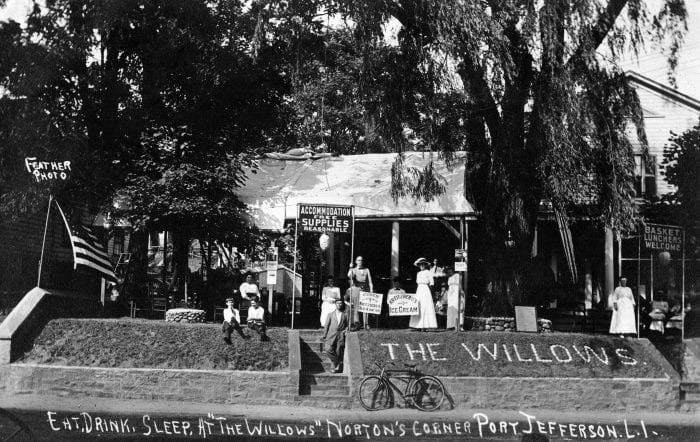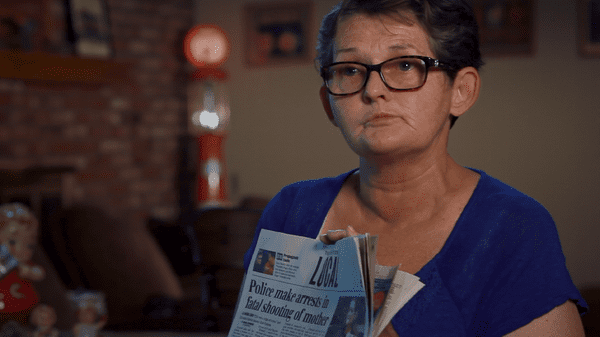By Nancy Burner, Esq.

In 2017, the Tax Cuts and Jobs Act increased the federal estate tax exclusion amount for decedents dying in years 2018 to 2025. The exclusion amount for 2021 is $11.7 million. This means that an individual can leave $11.7 million, and a married couple can leave $23.4 million dollars to their heirs or beneficiaries without paying any federal estate tax. This is a good thing because the federal estate tax rate is 40 percent.
Despite the large Federal Estate Tax exclusion amount, New York State’s estate tax exemption for 2021 is $5.93 million. Prior to April 1, 2014, the New York State estate tax exemption was $1 million, and many estates had to file New York State estate tax returns and pay New York State estate tax.
With the current exemptions, there would technically be no requirement to file either a New York State or federal estate tax return and no tax would be due. However, the inquiry does not end there. For example, if one spouse survived, and has approximately $5 million dollars in assets, it is recommended that he/she file a federal estate tax return to elect “portability” to capture the deceased spouse’s unused $11.7 million-dollar federal exemption. This would be necessary in the event of the living spouse’s assets appreciating over time and/or the federal estate tax exclusion decreasing leaving him/her with assets valued over the federal exclusion at the time of his/her death.
For those dying after December 31, 2010, if a first-to-die spouse has not fully used the federal estate tax exclusion, the unused portion called the “Deceased Spousal Unused Exclusion Amount,” or “DSUE amount,” can be transferred or “ported” to the surviving spouse. Thereafter, for both gift and estate tax purposes, the surviving spouse’s exclusion is the sum of (1) his/her own exclusion in the year if death, plus (2) the first-to-die’s ported DSUE amount.
In order for the surviving spouse to be able to use the unused exemption, the executor of the first-to-die’s estate must make an election on a timely-filed estate tax return. A timely filed return is a return filed within nine months after death or within fifteen months after obtaining an automatic extension of time to file from the IRS. Normally a federal estate tax return is only due if the gross estate plus the amount of any taxable gift exceeds the applicable exclusion amount (up to $11.7 million in 2021). However, in order to be able to elect portability, a federal estate tax return would have to be filed even if the value of the first-to-die’s estate was below the exclusion amount.
The problem occurs when the first spouse dies, and no estate tax return was filed. In that event, the second to die spouse could not use the deceased spouse’s unused exemption. What if the first spouse dies, no estate tax return is filed, and no election was made on a timely basis? Does the surviving spouse lose the exemption?
In June 2017, the IRS issued Revenue Procedure 2017-34. The Revenue Procedure is a simplified method to be used to make a late portability election. The IRS made this procedure applicable to estates during the two-year period immediately following the decedent’s date of death. This gives you 24 months to file rather than 15 months.
To be eligible to use the simplified method under the Revenue Procedure the estate must meet the following criteria:
(1) The decedent: (a) was survived by a spouse; (b) died after December 31, 2010; and (c) was a citizen or resident of the United States on the date of death;
(2) The executor was not required to file an estate tax return based on the value of the gross estate;
(3) The executor did not file an estate tax return within the time required; and
(4) The executor either files a complete and properly prepared United States Estate (and Tax Return) on or before the second annual anniversary of the decedent’s date of death.
If more than two years has elapsed since the date of death but all other criteria of Revenue Procedure 2017-34 were met, then the Executor would have to request a Private Letter Ruling from the IRS to obtain an extension of time elect portability and file a federal estate tax return.
For those that had spouses pass away after December 31, 2010, portability can be a valuable estate planning tool to save a significant amount of federal estate tax on the death of the second spouse. If a surviving spouse has assets that are close in value to the current federal exclusion amount, it is important to examine the records of the deceased spouse to make sure that a portability election was made on a timely filed federal estate tax return. If no return was filed, and no estate tax return was required to be filed, based upon this IRS Revenue Procedure it may not be too late to elect portability.
Nancy Burner, Esq. practices elder law and estate planning from her East Setauket office. Visit www.burnerlaw.com.






























